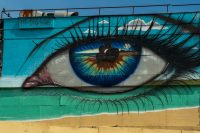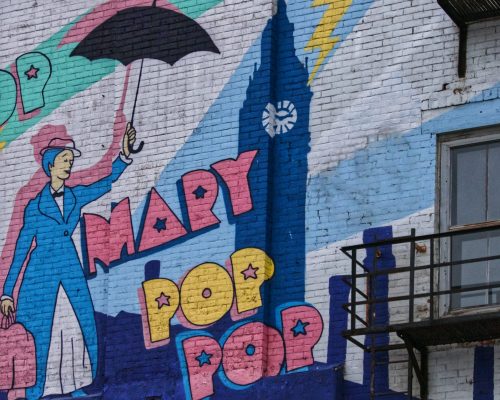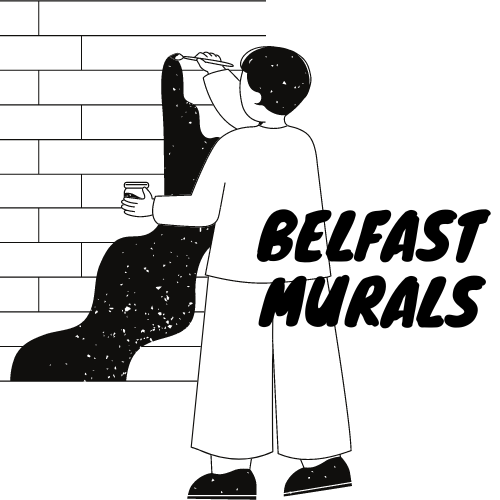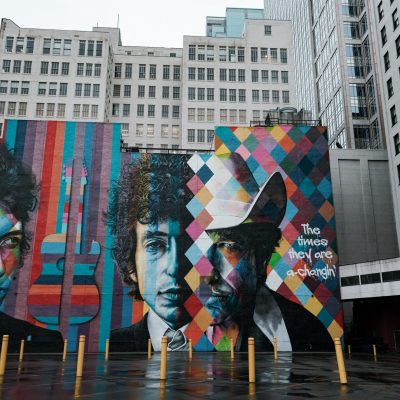Welcome to the murals of Belfast!
If the walls of cities could talk, they would tell us many stories... This is what happens in Belfast, where thousands of tourists come to see the murals scattered around the city to learn about the history and culture of Belfast and Northern Ireland. The aim of this web page is to be a geographical guide to the Belfast murals. It is a work in progress, we hope to add more murals, improve some images and add some information about the murals .... when we can find the time to do so!




